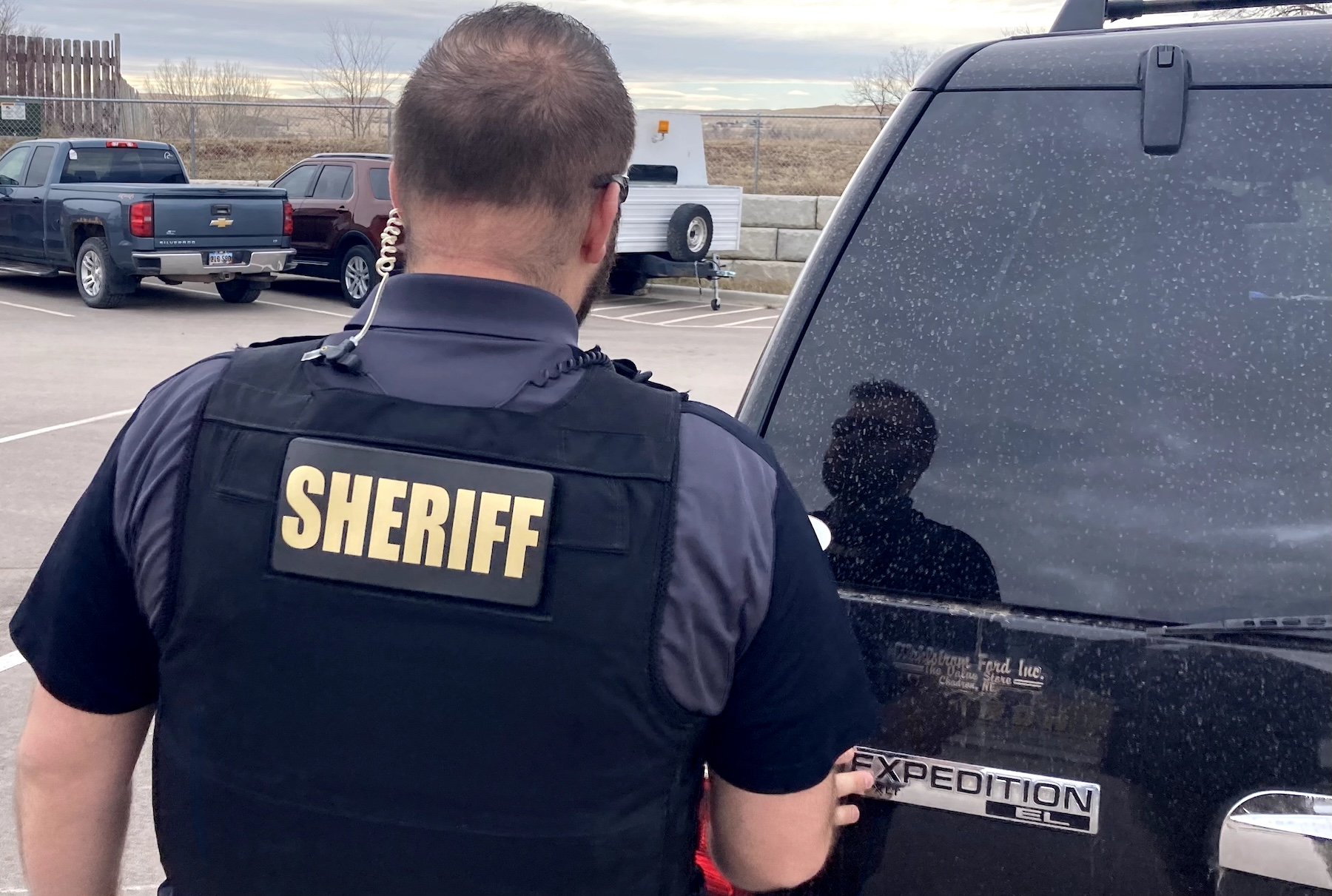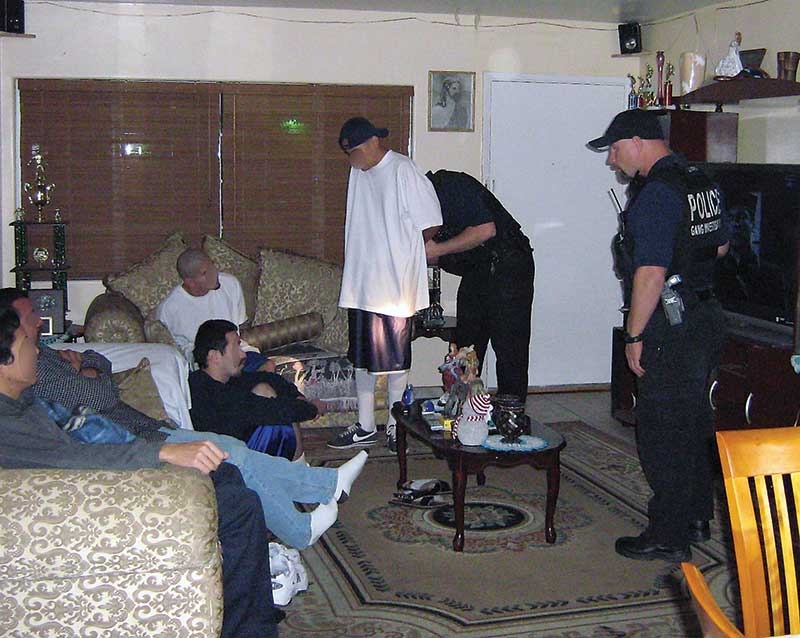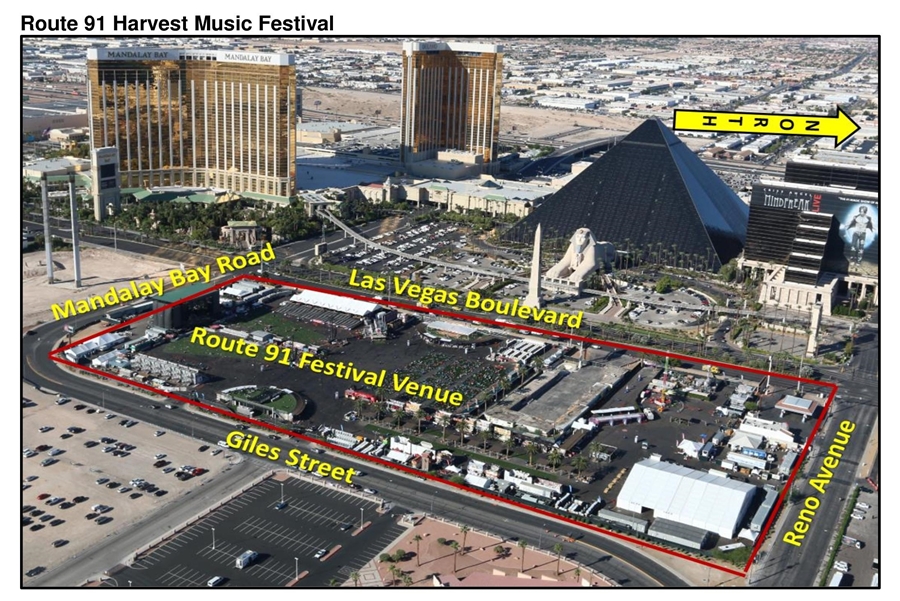
4.1.1
4.1.1
By John Thomas Grohn
A major aspect of officer safety is the proper and thorough search of suspects. I know a great portion of the basic academy is given to defensive tactics and searches, as it should be. It is that important. For me, officer safety is comprised of these four big cornerstones: physical fitness, firearms, defensive tactics/prisoner control (where I put searches of prisoners) and emergency vehicle operation (EVOC).
During an average patrol shift, we put hands on a lot of people. Sometimes we fight, but most of the time we’re controlling our person of interest. You know, “Turn around and put your hands behind your back. Interlace your fingers. Spread your feet … no, wider.” Simple. Right?
Routine = Complacency
This is where I start to see complacency. Because like the routine alarm call, what are we expecting to find during a search? C’mon, you know what I mean. Our attitude becomes: “There’s really nothing here to see or find. I have to do this, it’s required I search you. You probably don’t have anything on you, but I’m supposed to check, so here I go.” I think the root cause of a poor search is attitude driven. Sometimes we’re so focused on looking for other things we think may be hidden we end up missing things that are actually there.
About 7 years ago I took custody of a mentally unstable guy who was very polite. He was mostly looking for some attention from the folks at (CMH) County Mental Health. After hooking him up and looking through his pockets, along with a cursory check of his waistband and legs, into my car he goes and we drive to CMH. Once there, I remove all of my weapons, securing them in my trunk and then I walk this guy in to get him evaluated and admitted. As we sit down in the waiting are, he kind of grimaces and halfway stands up from his chair. He reaches back and pulls from his beltline a homemade ice pick with a 4″ probe. He tosses it onto the counter next to him and looks at me. “Forgot I had that,” he says. Dammit!
Am I perfect? Not by a long shot. In this situation, I was so focused on looking for dope I neglected the officer safety aspect of why I was at the call. While I try to do my best and look at each person and each situation with a renewed sense of awareness and urgency, I must continually remind myself of dangers — known and unknown.
Searching Or Looking?
A few months ago my family and I went to an indoor sporting event. I had no idea security had a “no weapon policy” and they actually searched people by hand as they entered the venue. Uh oh. I’m in line with family and friends and this security guard is going to put hands on me, what do I do? Do I tell him I’m a cop and carrying, or just take my chances? I’m not advocating breaking the rules; we all make our own decisions. I took a chance and let him search me.
He was going through the motions and it showed. In I went to this weapon-free zone with my Glock 19, spare 15-round magazine, both appendix-carried in an IWB, along with a 4″-blade folding knife. The funny thing is, he clearly didn’t want to search another male “up front.” He did ask about my pager, so I told him I sold dope — he liked this answer.
Whenever I need to search someone, and the situation allows me to, I take a step back and look at him or her before I go hands-on. Why? It helps to get an overall picture before I begin. How many times have you seen a cop go straight to a person’s pockets during a search? I see it all the time. Can there be weapons there? Absolutely. But are we looking for weapons in pockets or are we looking for contraband?
I use the quadrant method for searching, which I learned in the academy. I have a systematic approach I try to adhere to. I can always bypass an area if I’m going to recover a weapon. For example, if I know or strongly feel my suspect has a weapon in a waistband, I’ll go for that area first, and then check where the hands can reach for more weapons. After, I continue the rest of the search.
In the end, a proper search is a combination of a proper attitude and a systematic approach. Assume every person we contact has hidden an item that may end our lives. Any subsequent surprise will not be in finding dangerous items, but rather that we don’t find them.














